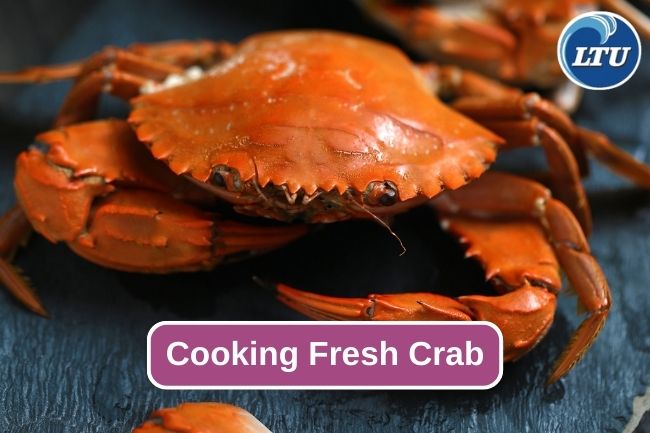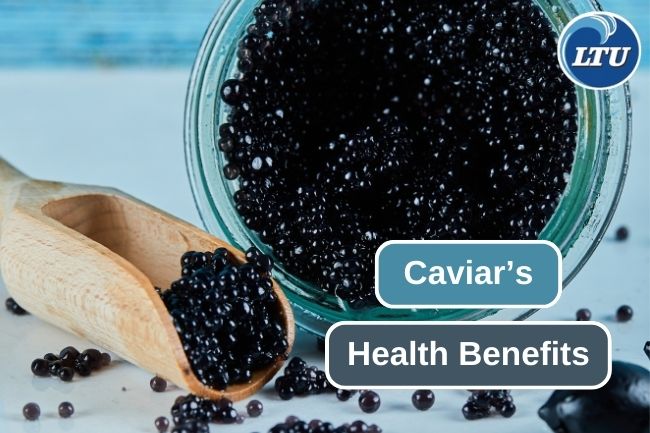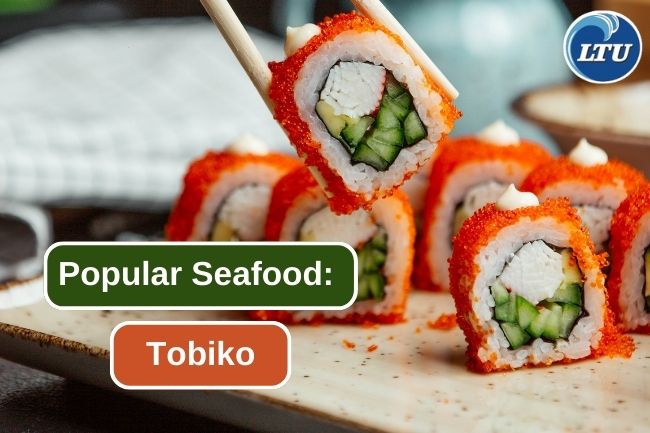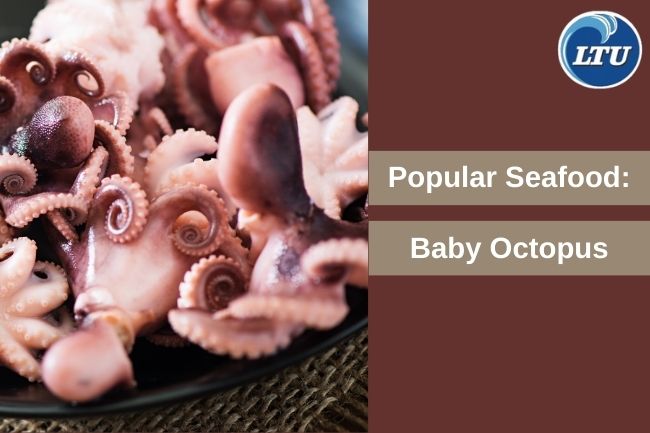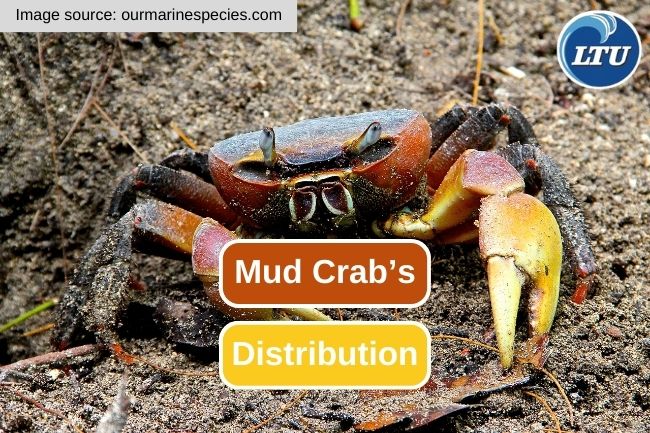The Complex Situation of Atlantic Salmon Conservation
By. Nevanda - 12 Sep 2023
lauttimur.com - The Atlantic salmon is native to the North Atlantic Ocean and the rivers and streams that flow into it. Its range includes regions along the eastern coast of North America, from the United States to Canada, and along the western coast of Europe, encompassing countries such as Norway, Scotland, Ireland, and Iceland. However, this vast distribution conceals a complex story of varying conservation needs and challenges.
The conservation status of Atlantic salmon (Salmo salar) varies by region and population, but overall, Atlantic salmon are facing various challenges that have led to declining numbers in many areas. The International Union for Conservation of Nature (IUCN) categorizes Atlantic salmon into different regional subpopulations and assesses their conservation status individually. Here's a general overview of the conservation status of Atlantic salmon:
The IUCN Red List of Threatened Species evaluates the conservation status of various species worldwide. Atlantic salmon are not assessed as a single species on the IUCN Red List but rather evaluated regionally due to the variations in their populations.
1. North American Populations
In parts of North America, particularly in the United States and some Canadian regions, many Atlantic salmon populations are listed as endangered or threatened under the U.S. Endangered Species Act and Canada's Species at Risk Act. Habitat degradation, overfishing, and the presence of fish farms are among the key factors contributing to the decline of Atlantic salmon populations in these regions.
Read also: Challenges In Modern Shrimp Farming
2. European Populations
In parts of Europe, such as the United Kingdom and parts of Scandinavia, Atlantic salmon populations have also faced declines, primarily due to habitat degradation, pollution, and overfishing. Conservation measures and efforts to restore salmon habitat are ongoing.
The conservation of Atlantic salmon is a complex and ongoing effort that requires cooperation among governments, conservation organizations, indigenous communities, and various stakeholders to ensure the survival and recovery of this iconic species in its natural habitats.
Read also: Here are 12 Dish Ideas Using Smoked Fish


